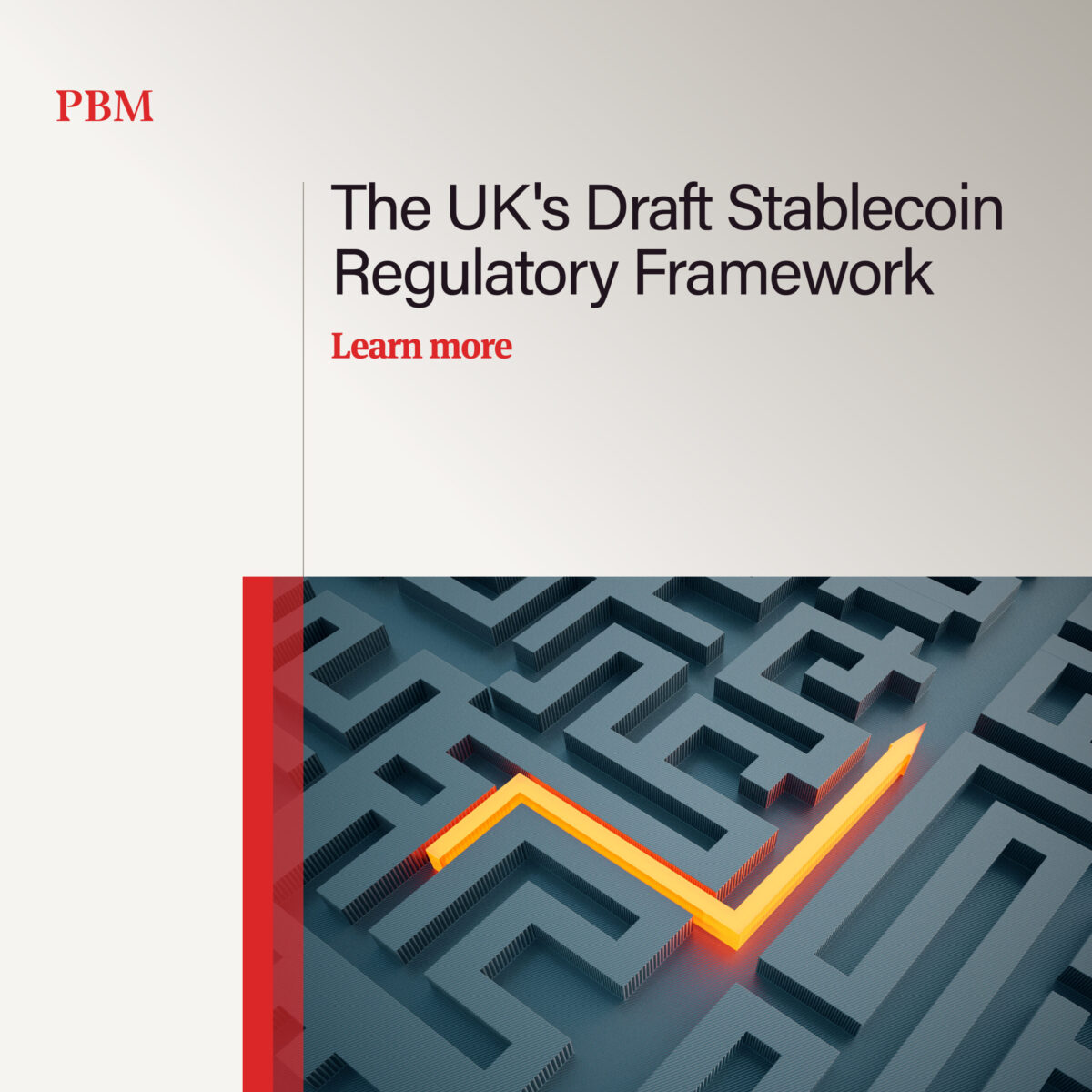Birleşik Krallık’tan Taslak StableCoin Düzenlemesi
May 5, 2025Criteria Regarding Information Systems and Technological Infrastructure for Crypto Asset Service Providers
May 5, 2025
The UK’s Draft Stablecoin Regulatory Framework
On 29 April 2025, the HM Treasury of the United Kingdom published a draft law (the “Draft Law”) on its official website, containing amendments to the Financial Services and Markets Act 2000 (“FSMA”) for the purpose of regulating cryptoassets. The Draft Law was released for public consultation.
While cryptoassets are already defined under FSMA, the Draft Law introduces the additional definition of Qualifying Cryptoassets. Qualifying Cryptoassets are defined as a subset of cryptoassets under FSMA, being fungible and transferable, and encompassing qualifying stablecoins. However, specified investment cryptoassets are excluded from this definition.
Qualifying stablecoins are defined as cryptoassets that reference one or more fiat currencies and seek to maintain a stable value by holding those fiat currencies, or fiat currencies and other assets, as backing assets.
In contrast, a specified investment cryptoasset is defined as an asset that meets both the definition of a cryptoasset under FSMA and the definition of a specified investment under FSMA (such as an equity or a bond).
The Draft Law contemplates substantive amendments to FSMA, organized under the following headings:
- Cryptoasset Exchange: Platforms where cryptoassets are bought and sold.
- Cryptoasset Custody: Services for the secure safekeeping of cryptoassets.
- Cryptoasset Lending: The lending or borrowing of cryptoassets.
- Issuance/Offering: The initial launch or public offering of cryptoassets.
The Draft Law, which aims to protect consumers, ensure financial stability, and prevent illicit activities by regulating certain activities related to cryptoassets, shares the same core objectives as the European Union’s Markets in Crypto-Assets Regulation (“MiCA”), albeit with differing approaches and levels of detail. While MiCA presents a more comprehensive and holistic regulatory framework, the Draft Law adopts a more phased and integrated approach within the existing legal framework.
For instance, although MiCA establishes the strictest regulations for significant stablecoins, it regulates all types of stablecoins (commodity-referenced stablecoins, crypto-referenced stablecoins, and e-money tokens). In contrast, the Draft Law aims to regulate specific types of stablecoins under the banner of qualifying stablecoins by amending FSMA. Furthermore, while MiCA requires stablecoin issuers to maintain a specific amount of capital, the Draft Law does not contain a clear regulation in this regard. However, it empowers the Financial Conduct Authority to establish additional rules for qualifying stablecoins, which may cover collateral requirements, capital requirements, and operational requirements. In Türkiyw, there is currently no specific regulation regarding stablecoins.
Both regulatory frameworks will play a significant role in shaping the future of cryptoasset markets, and their implementation, particularly with respect to stablecoins, will serve as an example for future detailed regulations in Türkiye.


